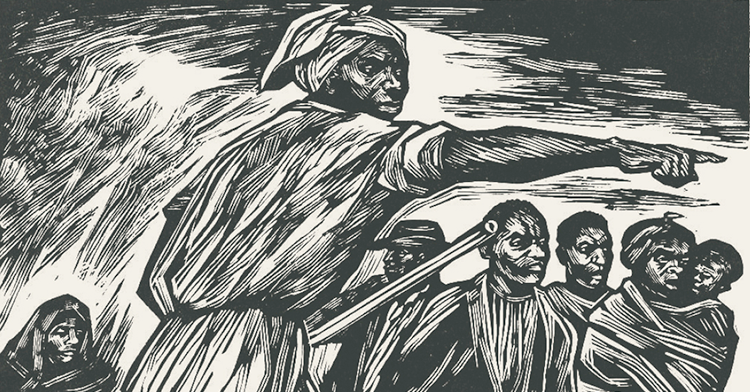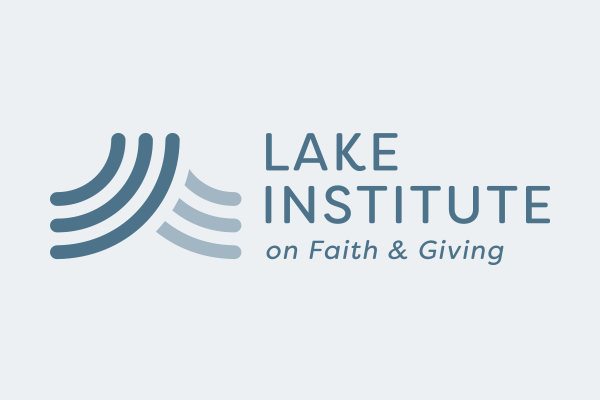Editor’s note: This article previously appeared on the Sustaining Pastoral Excellence website and is adapted from the “Need To Know” audio series produced by the College of Pastoral Leaders at Austin Presbyterian Theological Seminary.
We often assume leadership to be a positive trait, but in fact, it can be good or bad, constructive or destructive. Or, as I believe, healthy or unhealthy.
How do we distinguish healthy from unhealthy leadership?
I believe there are 10 characteristics of healthy leaders:
1. They lead from spiritual and emotional health.
Healthy leaders are spiritually and emotionally whole, rooted and grounded in relationship with God. They lead from a wholeness that is expressed in Micah 6:8: “What does the Lord require of you but to do justice, to love mercy, and to walk humbly with your God?”
They are both reverent toward God and respectful of others. This means they are willing to listen, are open to criticism and desire more to help people succeed than to punish them when they fail.
2. They are dedicated to the health of others.
Saints of old were pictured with halos above their heads because they exuded a palpable sense of spiritual and emotional health. Such healthiness is contagious; leaders spread health among the people and the organizations they serve.
But just as a physician sometimes prescribe uncomfortable treatments to help a patient, so, too, must leaders act for the organization’s long-term well-being, even if it means incurring others’ disfavor.
3. They represent the character and mission of their organization, but are also capable of objectivity.
An organization’s leaders reflect its values, hopes, and beliefs, but also the ambivalence, conflicts, limitations and struggles within its soul.
Leaders are both priests and prophets. They not only value tradition, but also imagine a larger future. The healthy leader gathers the hopes and dreams of a people and articulates them as a viable and achievable plan.
4. They understand the organization as a social system.
Rabbi Edwin Friedman, a key figure in the application of family systems theory to congregational leadership, compared the relationship between an organization and its leader to that of a client and therapist. Both clients and organizations say to their therapist/leader, “We want you to help us get healthier, to grow and move forward, and we will resist you at every stage.”
Leaders must understand the therapeutic nature of leadership and their role in relation to the group. The leader must be able, graciously and tenaciously, to engage resistance and even sabotage, listening and responding to concerns, but clearly defining the organization’s direction. Healthy leadership does not allow the organization’s sickest and weakest members to hold it hostage.
5. They provide a calming presence and emotionally well-differentiated leadership.
Many people today use anxiety in order to motivate and manipulate others to do what they want. Anxiety may get people to fall into line from fear, but it shuts down people’s ability to think constructively and creatively. When it comes to the qualities necessary for healthy leadership, courage is a much better foundation to build on than anxiety.
Courage en-courages. Courage begets courage. The courage of leaders makes it possible for others in an organization to take risks, try new things and think in new ways.
6. They plan.
Good leaders ask, “What are we trying to accomplish? Does that fit our mission? What are the necessary steps to move this organization from here to our goal? Who is responsible for what? How will we know we have accomplished what we set out to do? What are the hallmarks of success, and how will we know where we have failed?”
But planning is about more than simply the blueprint that is created. In fact, good planning is a continuous process, rolling on and on, adjusting to new realities, and changing course when necessary.
7. They embrace the wisdom of deliberation.
Our society loves the myth of the lone leader who has all the answers. But we are coming to appreciate the wisdom of what author James Surowiecki has called “the wisdom of crowds.” Under the right circumstances, with sufficient diversity and independence of thought, groups consistently make better decisions than the most knowledgeable members of the group.
Healthy leaders support and strengthen the processes of deliberative decision-making. Unhealthy leaders undercut these processes by keeping secrets and behind-the-scenes manipulation of decision-making, whether through deals or threats.
8. They are never too old to learn.
In a study of professional wildfire fighters, Karl Weick, a professor of organizational behavior and psychology at the University of Michigan, found that most casualties occur among firefighters with only a year or two experience and those who had been fighting fires for more than 15 years. The novices, obviously, had not learned enough, but the death of veterans was more surprising. They tend to die in fires because they think they’ve seen it all, they think that fire has nothing new to teach them.
This is a crucial insight for leaders. It’s important to remember that we’re never too old -- or too experienced -- to learn. The fires of organizational leadership always have new things to teach us.
9. They know what to pay attention to.
Good leaders develop an intuition of knowing what to pay attention to, and what to leave to others. Scott Cormode, a principal at the Max De Pree Center for Leadership at Fuller Seminary, has observed that both beginning drivers and fledgling leaders make mistakes because they are paying attention to too many things.
10. They enlist followers in change.
There is a significant difference between purposeful, strategic change and mere movement. Healthy leaders use their influence and power to make sure their organization makes necessary and effective changes.
According to Paul Hersey and Kenneth Blanchard, noted researchers and writers on leadership, leaders should help the members of their organization know and understand the particular situation that is calling for change. Such knowledge can lead to a change in attitude among the group. The members of the organization will see that their own individual behavior needs to change to reflect their new understanding, and this will lead to changes in the group’s behavior.
The leader, however, must be open and willing to allow the process to belong to the organization, which means the end result may not be precisely what he or she imagined.
A Closing Reflection
Leadership is a remarkable calling, a demanding but rewarding vocation. As Frederick Buechner, a Presbyterian minister and novelist, has written, “The place God calls you to is the place where your deep gladness and the world’s deep hunger meet.”
May your deep gladness and the world’s deep hunger meet in those places where you lead.







